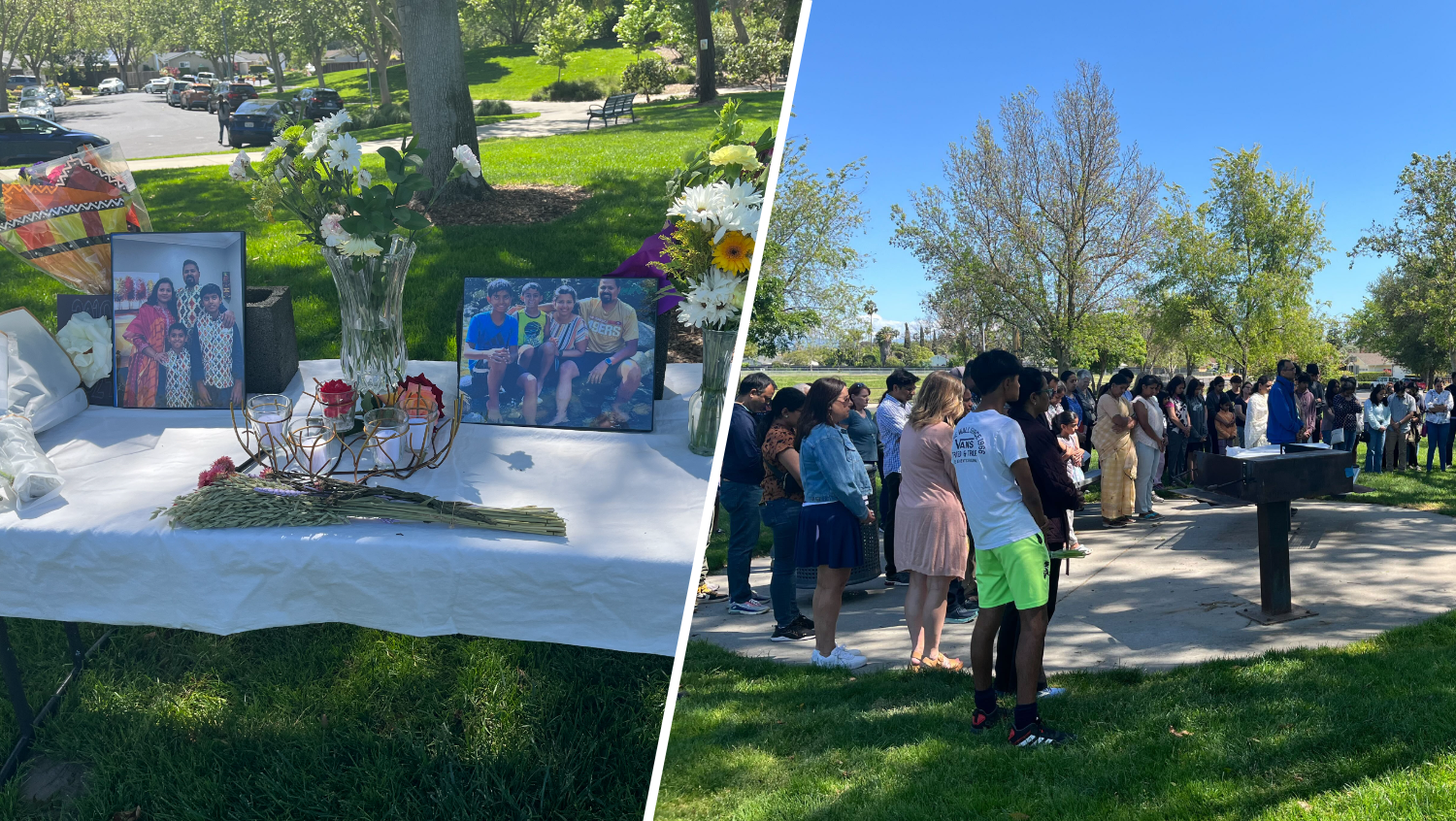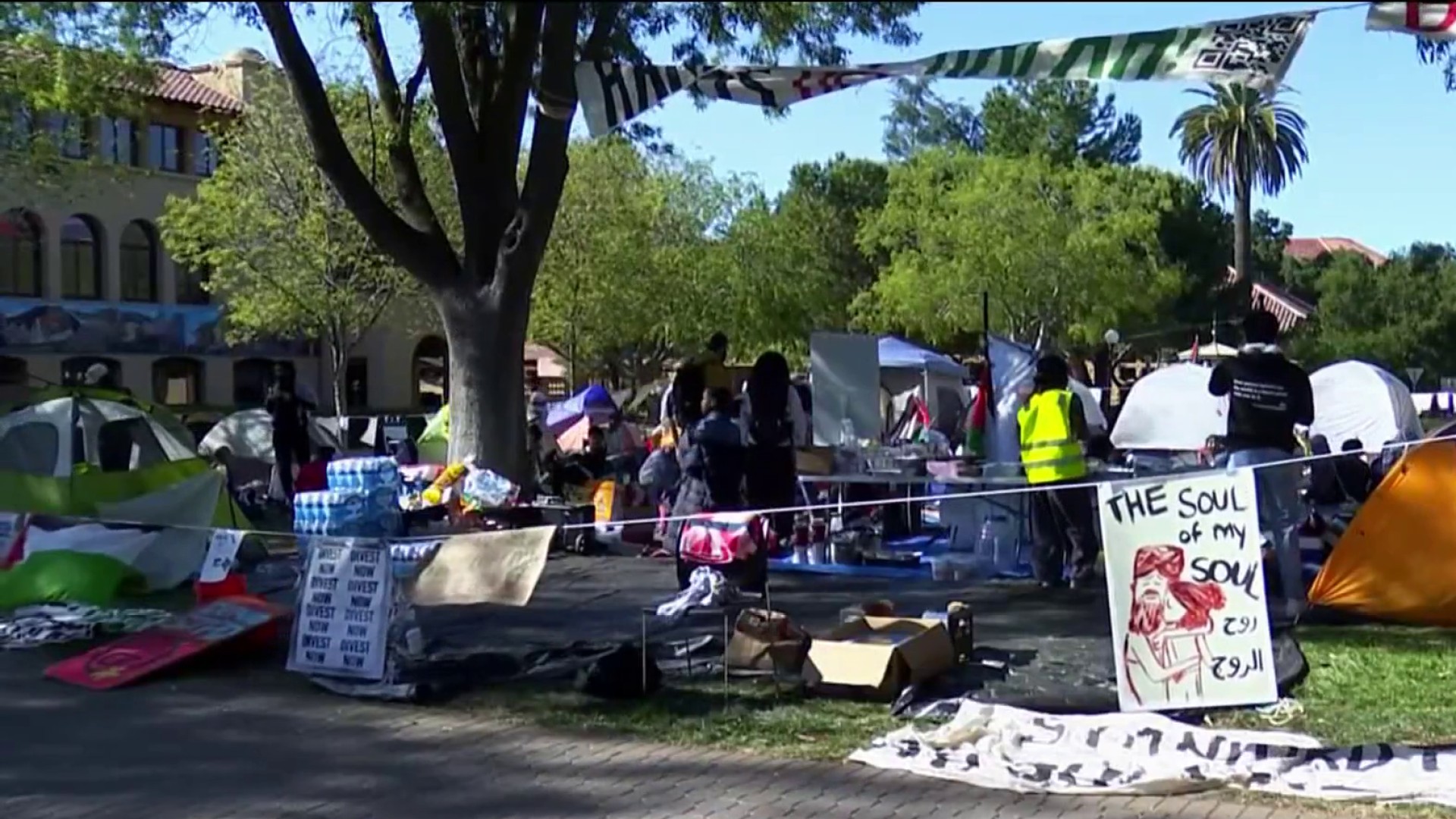- Editor's Note: Sheng Peng will be a regular contributor to NBC Sports California’s Sharks coverage. You can read more of his coverage on San Jose Hockey Now, listen to him on the San Jose Hockey Now Podcast, and follow him on Twitter at @Sheng_Peng.
I see the Erik Karlsson deal as two trades for the Sharks.
There’s the trade of just Karlsson himself to the Pittsburgh Penguins, along with all his upside and baggage. He’s the reigning Norris Trophy winner, but he’s also 33, injury-prone, has four years left on a killer $11.5 million AAV contract, and hasn’t been consistently great for most of the last half-decade.
Then, there’s the deal for all the unfavorable contracts the Sharks received in return. From Pittsburgh, two years of Mikael Granlund at $5 million AAV and two years of Jan Rutta at $2.75 million AAV. From the Montreal Canadiens, one year of Mike Hoffman at $4.5 million AAV.
Get a weekly recap of the latest San Francisco Bay Area housing news. Sign up for NBC Bay Area’s Housing Deconstructed newsletter.
In a way, the Sharks didn’t get anything back for Karlsson, while also retaining 13 percent of his remaining contract -- $1.5 million AAV.
That sounds crazy – the Pens also sent a 2024 first-round pick, top-10 protected, to the Sharks. But if we’re being honest, that premium pick was just as much for taking on Granlund, Rutta, and Hoffman’s tough deals, if not more so.
News
In comparison, the Chicago Blackhawks received a 2026 second-rounder from the New York Islanders before the 2023 NHL Draft to absorb Josh Bailey’s contract -- one year at $5 million AAV.
While a potential first-round lottery pick is a shiny bauble, I feel as if general manager Mike Grier and owner Hasso Plattner left something on the table here -- at least for Karlsson.
The solution to that was simple enough: If the Sharks had retained more of Karlsson’s contract, they’re likely to have secured more back for the man himself. They could’ve retained as much as 50 percent, $5.75 million AAV, on his deal.
Grier confirmed though this afternoon. "It's something we didn't really want to do," he said.
Well, it’s not my money!
"Having some cap flexibility and financial flexibility was really important for us going forward,” Grier added.
Credit to the Sharks, they did achieve that, retaining a lot less than some pundits, including yours truly, expected them to. Plus they now own a premium asset, even if it’s not directly for Karlsson.
But shades of the Vegas Golden Knights trading 2021 Vezina Trophy winner Marc-Andre Fleury for Mikael Hakkarainen a couple summers ago -- that’s what Karlsson’s trade value was. His trade value also could have plummeted once again with an injury or a decline in performance, so the Sharks headed that off.
Anyway, back to the cap flexibility. Funny enough, while the Sharks are taking on more AAV than Karlsson’s $11.5 million this coming season, $12.25 million between Granlund, Hoffman, and Rutta, they’ll start to see significant cap savings for the 2025-26 season and beyond.
The obvious question: What’s the point of all this cap space? A lot of people don’t think the Sharks will be competitive by then.
But perhaps Grier and Plattner think otherwise.
“It's important for us to be able to have the flexibility to go out and acquire players, either in free agency or through trades, whenever these situations kind of pop up where there's a good player available. I think we'll be at the point where we'll have the resources both with the money and assets to maybe get involved to try and acquire those types of players,” Grier shared about the cap flexibility that the Sharks are opening up three years from now.
More assets could come via center-winger Granlund, winger Hoffman, and defenseman Rutta, all still useful players, even if they’re also 30-something’s not quite in their primes anymore. They’re potentially flippable for middle-round draft picks over the next two seasons.
Cap flexibility sooner than later also dovetails with Grier’s recent focus on acquiring older, closer to NHL-ready prospects like early 20-somethings Fabian Zetterlund, Shakir Mukhamadullin, Henry Thrun, and Nikita Okhotiuk.
“I don't know if they're tied together completely,” the GM offered. “I think just sometimes, when you are acquiring these players that are just a little further along in their development curve, you have a little bit better idea of what they may become, where they are, and you can kind of project them a little bit better than if you are still trying to acquire those 18, 19-year-old kids.”
Regardless, by 2025-26, the Sharks will have figured out if Mukhamadullin and company, along with other top prospects like William Eklund and Will Smith are really worth building their franchise around.
So there is a plan here: Cap flexibility sooner and more NHL-ready prospects could put the Sharks closer to the playoff hunt than expected. Let’s see what San Jose does with all this cap space in a couple years. That’s when we’ll truly be able to evaluate this trade.
It's not as simple as the Sharks didn’t get much back for the Norris Trophy winner. Think about the negative value that Karlsson had last summer. His essentially even value now is a win.
“We've started to replenish the prospect pool with last year's Draft, and then, the trades we've made, the prospects we've brought in,” Grier said after trading star winger Timo Meier in February. “It's pushed us in the right direction, got us on the right path a little bit quicker to help us flip this thing around.”
I would argue that you could have got an extra asset or two, say a second-round pick, if you retained even a little more. Also, you still would’ve had cap flexibility if the cap goes up as expected next summer.
But wait for it -- it’s not my money!



